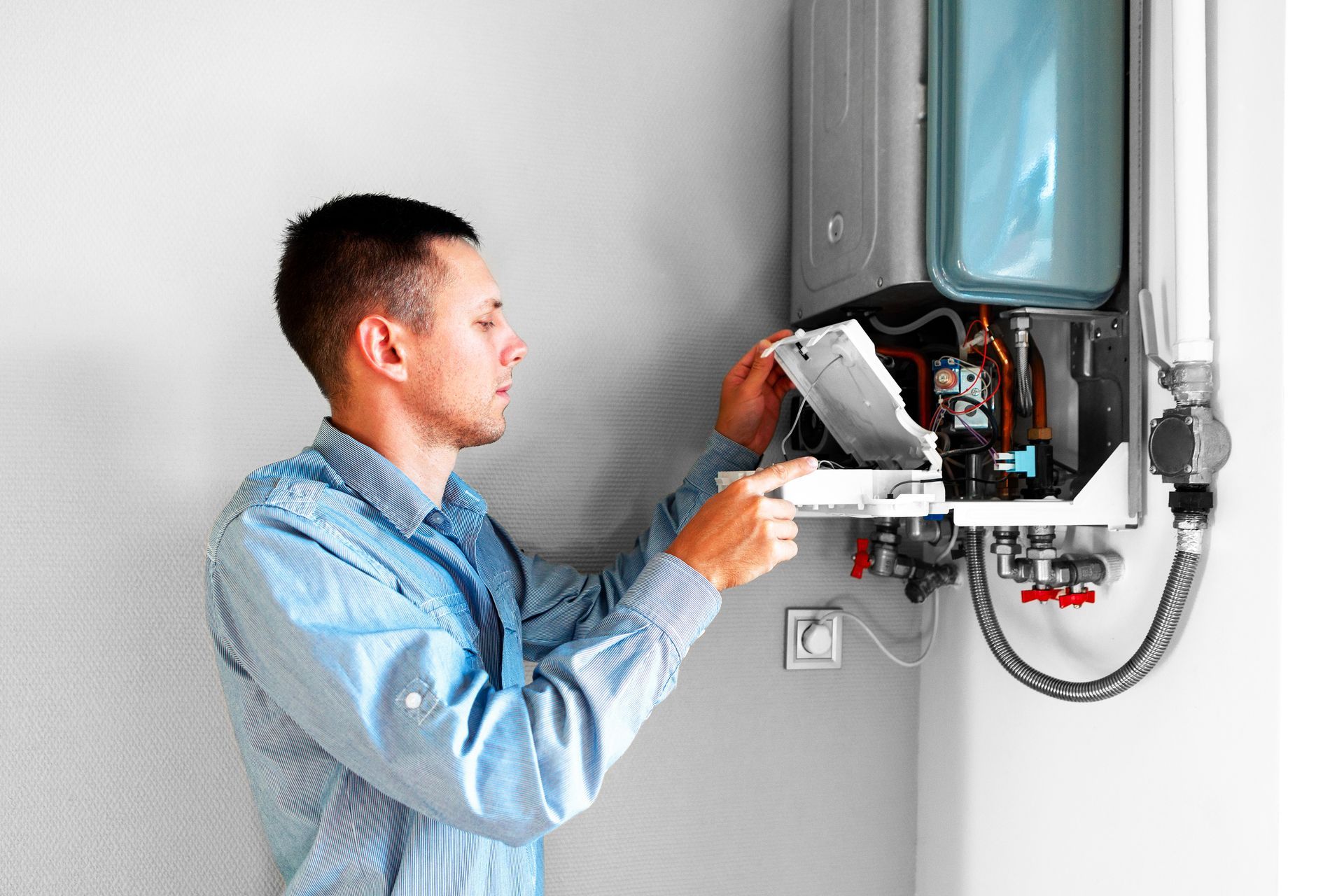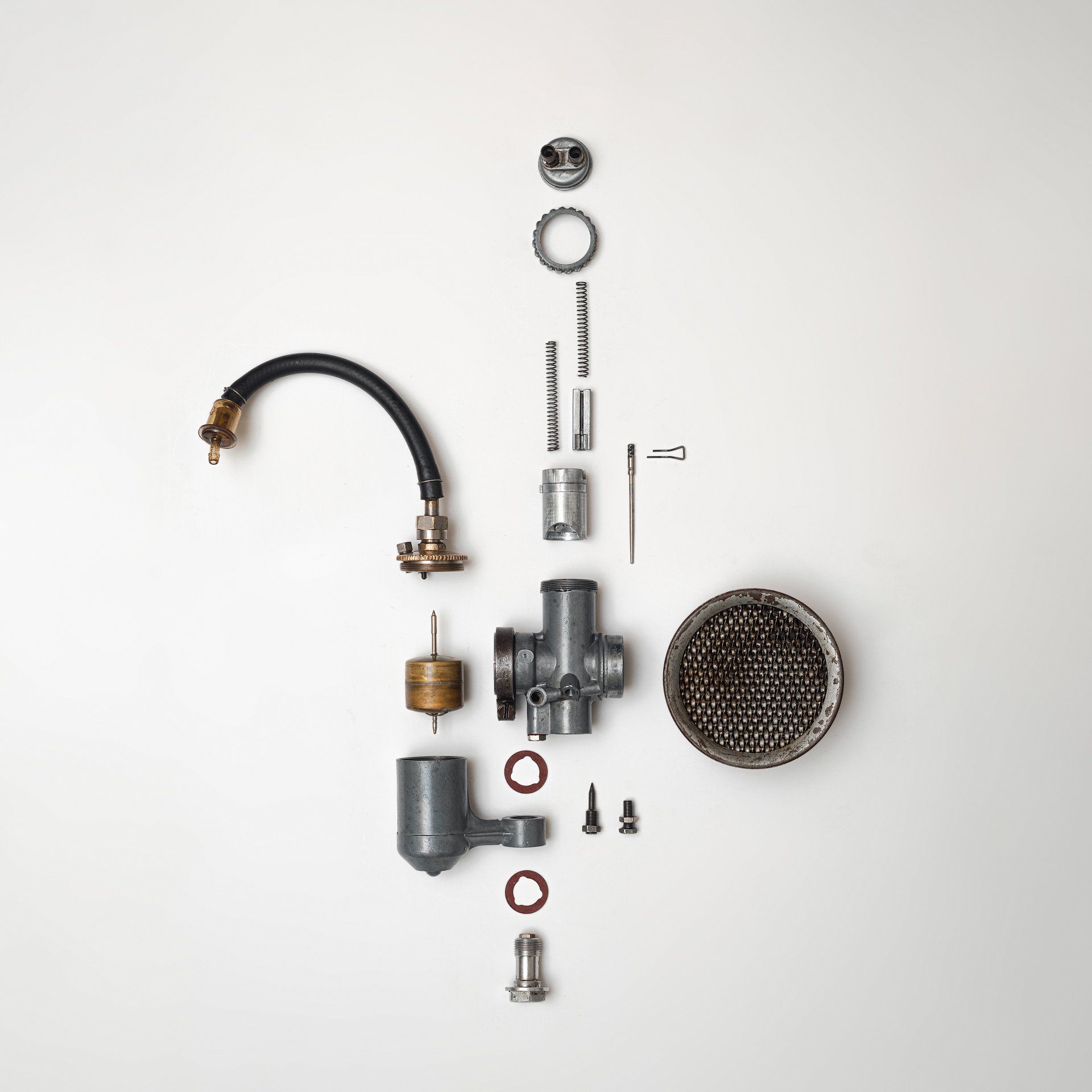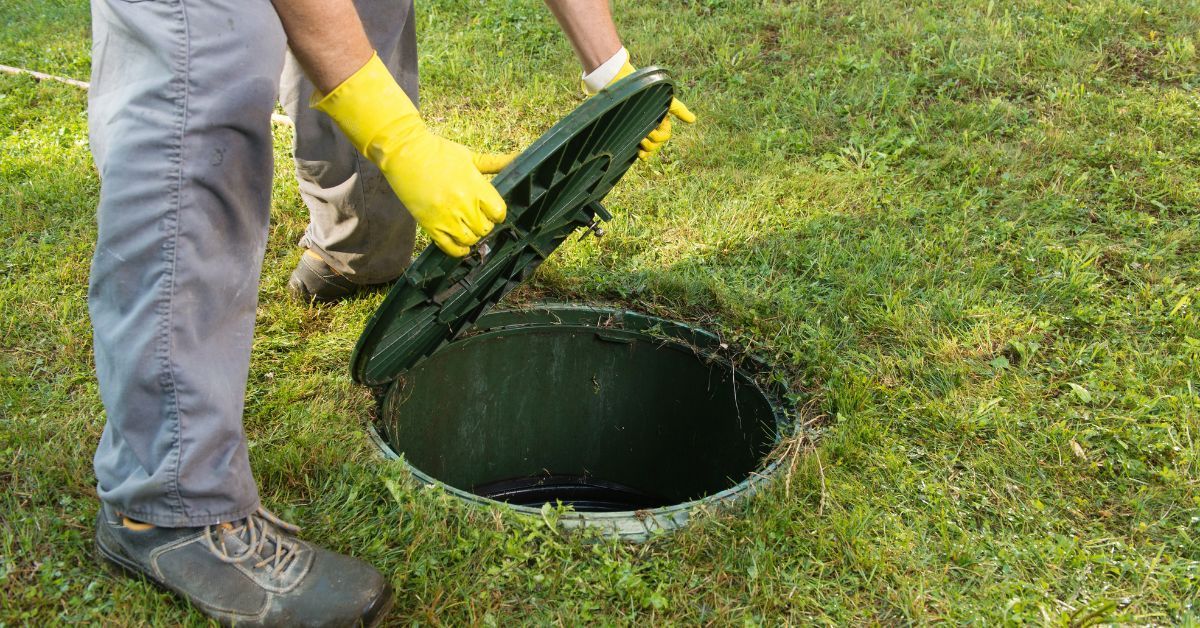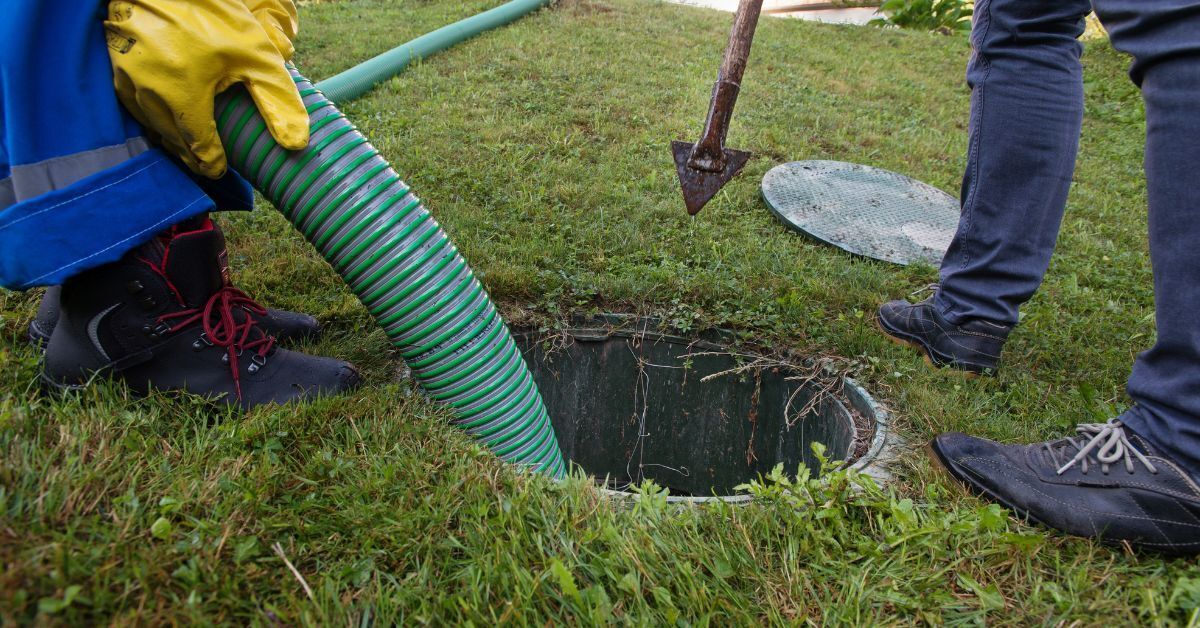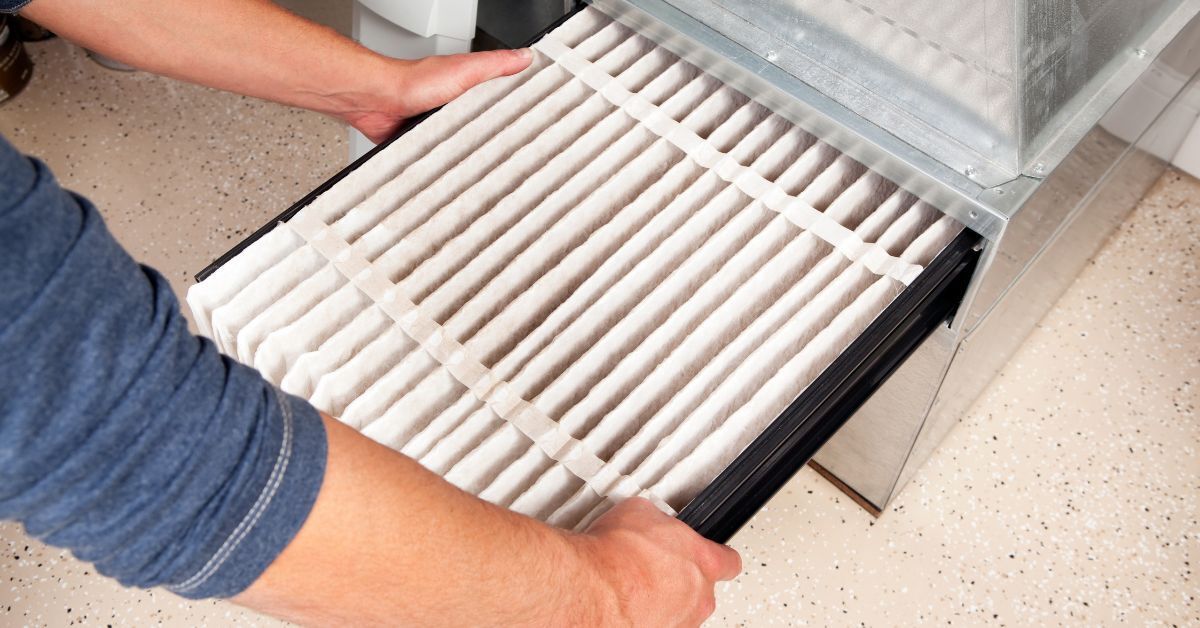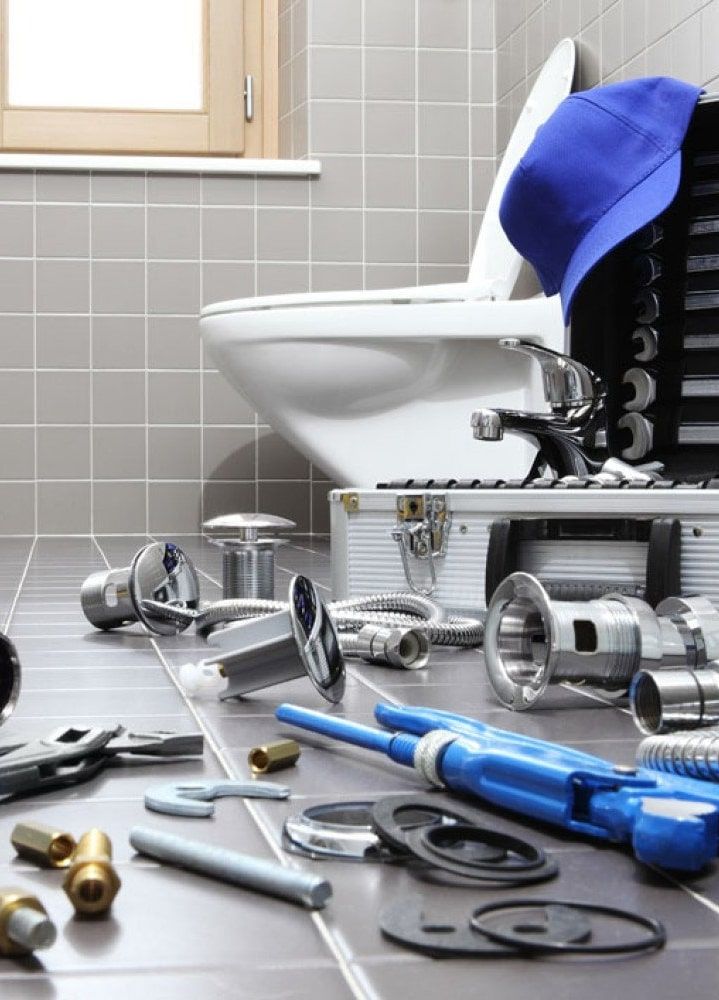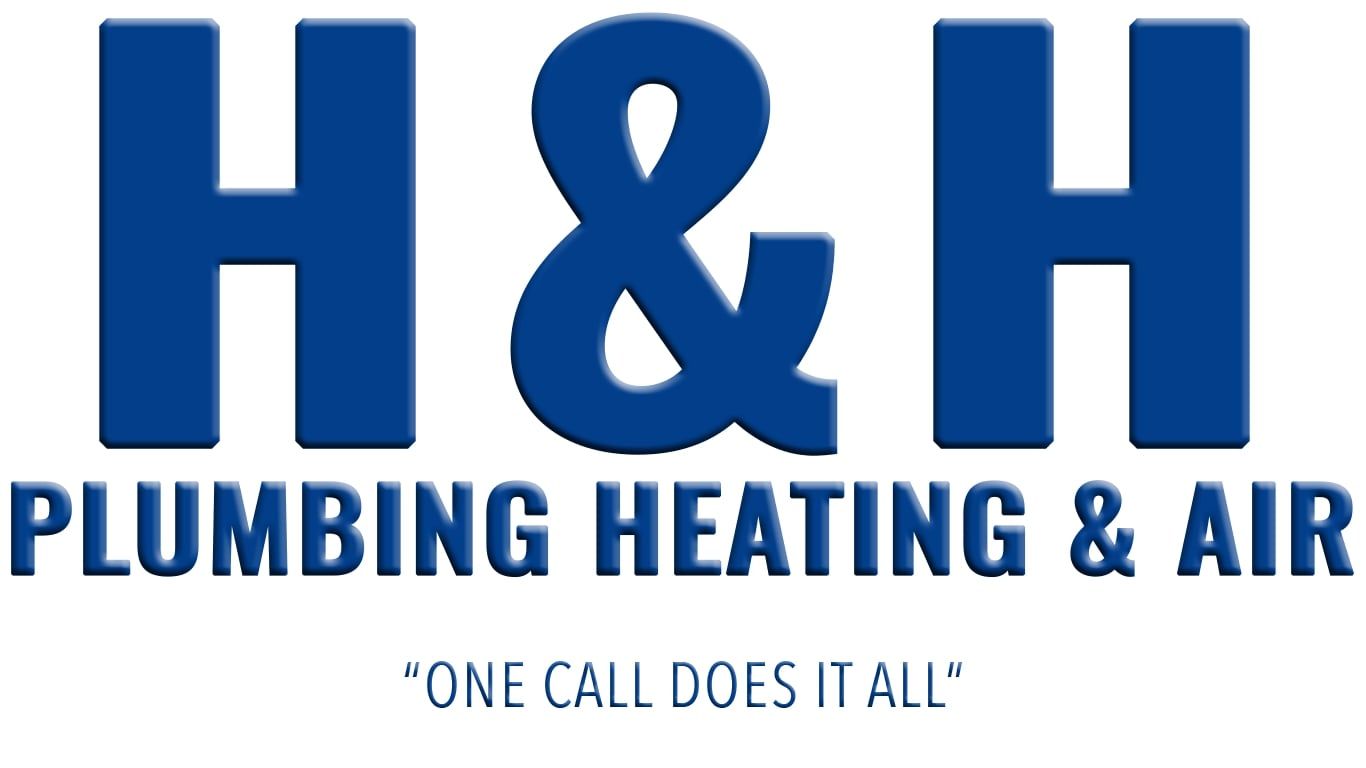The Inner Workings of a Furnace
In Kansas, a residential furnace offers essential warmth throughout the winter months. Yet, most folks scarcely give it a second thought until they return home to a dysfunctional furnace in the midst of cold weather. Among all household heating systems, furnaces are some of the most ancient. In the beginning, they were powered by both coal and wood. Modern types can operate with great degrees of efficiency and use electricity, gas, or propane.
Knowledge is always positive in the end. And in a perfect world, such knowledge may assist you in making wiser decisions concerning your home. Knowing how your furnace operates will help you effectively maintain it and address problems. Furnaces come in a variety of types, but they all essentially function in the same manner. Discover the many parts of the furnace, how they interact with each other, and helpful advice for managing your home furnace in the guide you're about to read.
The Basic Elements of a Home Furnace
Not every part of a furnace needs to be understood. That is what our installers and service specialists at H&H Plumbing Heating and Air are for. But knowing the main parts and how they work together might help one comprehend the system in its entirety.
- Combustion chamber - It is the space that is open to air movement. One of the numerous regions that are cleaned during routine maintenance, this area needs to be kept tidy and unaffected.
- Burners - Gas is burned in tubes called furnace burners. A flame sensor and a gas valve are installed on the burners to help regulate flames and switch the gas off when no flame is present.
- Blower Motor - Warm air is dispersed throughout your home by the furnace's blower via the ductwork. It's significant that this blower fan also moves air for cooling. This is the main factor contributing to the need of having heating and cooling systems that are compatible with each other.
- Thermostat - You can adjust the furnace's temperature with the use of this component. The flames expand when the thermostat is turned up, bringing the temperature up as well. The heat is reduced by turning it down, which gets the flames smaller.
- Heat Exchanger - This is among the most important components of a house furnace. This is a group of heat-retaining metal tubes that are connected to the furnace's source of heat. When air is circulated through the heat exchanger and into your ducting, your home's air is warmed.
- Ductwork - This element aids in spreading the hot air around your house.
- Air Filter - This part, which is close to the blower motor, cleans the air by removing contaminants and allergens. It safeguards the motor as well. To ensure high-quality air, replace the filter on a regular basis. Your filter is not only for the furnace but also for the air conditioner, but it is still a crucial component of both.
- Heat Pump - This part is typically installed in hybrid heating systems. It improves home heating system efficiency and can cut heating costs by up to 30%. A heat pump circulates heat inside a house during the winter by condensing heat from the outside air.
- Flue - A flue removes the hazardous waste left over from the combustion process and is also known as an exhaust stack.
Understanding the Heating Cycle
When the thermostat detects a variation between the temperature in your home and its settings, a heating cycle will start. The furnace will then receive a request for heat from the thermostat. A furnace operates on the concept of forced air heating, regardless of the fuel it utilizes. Heat is transferred from the furnace to air that blower fans then move through a home's ductwork and then out the home's vents. In order to save homeowners room for their cooling system, furnaces frequently share the ductwork with air conditioning systems.
The furnace has a vent that allows outside air to enter. To get rid of dust and debris, this air is first filtered. After that, it is kept in the plenum, a sealed area inside the furnace. The heated air is then blown into the burners after being filtered. The hot air is then pushed into the ductwork by the blower. Your home's ductwork is responsible for distributing the heat. Until additional heating is required, this process is repeated until the desired degree of heat is reached. The combustion process' byproducts, including toxic flames and carbon monoxide, are disposed of in the flue.
At the conclusion of the cycle, the thermostat will once more send a signal to your furnace's circuit board, starting a shutdown. In preparation for the next request for heat from the thermostat, the unit will then start cooling.
How to Care for a Home Furnace
For your furnace to efficiently transfer heat throughout your home, frequent maintenance is necessary. Here are some pointers for maintaining the furnace:
- Filter cleaning and replacement - Your furnace's filter plays a critical role in the process of distributing warm air throughout your home's rooms. If a filthy air filter restricts circulation, the furnace won't operate as efficiently as it should.
- Lower your household's heating load - Your home's structural covering might leak warm air and allow chilly winter air to sneak in through any weak points. Reduced heat load, or the amount of heat required to keep your home adequately warm, is achieved by sealing up the perimeter of your home. An HVAC contractor can perform a home energy audit to find your home's weak points and identify the main sources of heat loss there.
- Ensure that all of your home's vents are clear - The air in your home must circulate thoroughly all across the heating system for it to function correctly. That implies that your furnace needs to be entirely functional. Additionally, it indicates that your vents are clean and functional. If a vent is obstructed or shut, the furnace may have to work harder and less effectively, which could lead to early damage.
- Make sure the blower motor is operating properly - The blower motor contains a lot of moving parts, and if it isn't maintained properly, it might start to malfunction. An issue with the blower's electric motor or with the blower wheel can be indicated by a noisy furnace blower. An electrical issue is typically indicated by a loud humming. An experienced technician can assist you in locating the issue and implementing fixes before the machinery starts to degrade.
To keep your furnace in top functioning condition, only a little time or effort is required for maintenance. Many of the problems can be avoided by using some common sense and giving your home a little tender loving care each year. H&H Plumbing Heating & Air is available to assist you with any inquiries. Please contact us at
(785) 263-1339.
